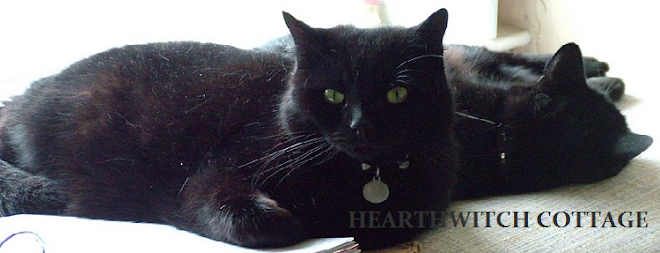While on my hedgerow walks, I have often noticed these funny looking little cones protruding from the undergrowth an wondered what they were. I could guess they were part of the Arum family, but I didn't really know anything about them. As they are so odd in appearance, I just had to find out more...
Indeed they are part of the Arum (Araceae) family, related to the Arum lillies you have probably seen in fancy flower bouquets or the Peace Lillies you can find in the indoor plants section of the garden centre.
Arum maculatum is wild woodland plant, relatively common across Europe and variously known by an abundance of names: Lords and Ladies, Wild arum, Jack in the Pulpit, Devils and Angels, Cuckoo-Pint, Naked Boys, Adam and Eve, Cows and Bulls - to name a few!
Fascinatingly, as you can see in the diagram below from the Wild Arum's very own wikipedia page, the flowers are actually hidden within the spathe (the bit that looks like a giant folded petal) under the spadix (the poker shaped protrusion) - fig.3.
Having read this, I can only assume the name 'Lords and Ladies' comes from the unusual coupled formation of male and female flowers - if any readers out there know differently, please feel free to correct me! I thought it was particularly apt that they have sprung up now, in the days leading up to Beltane, as such a clear symbol of the fertile combination of male and female.
In the autumn, the female flowers forms into a cluster of bright red or orange berries (fig.4) which are highly poisonous - they irritate the skin and, if eaten, result in the swelling of the throat, difficulty breathing, burning pain and upset stomach. So this one is absolutely a 'look-with-interest-but-under-no-circumstances-touch' plant. You have been warned!



2 musings:
Wow! I don't think I've seen this plant before. I do like the illustration though!
So beautiful! Thank you for sharing the history of this lovely flower. Theresa
Post a Comment
Thank you for taking the time to share your thoughts. I truly love to hear your contributions.